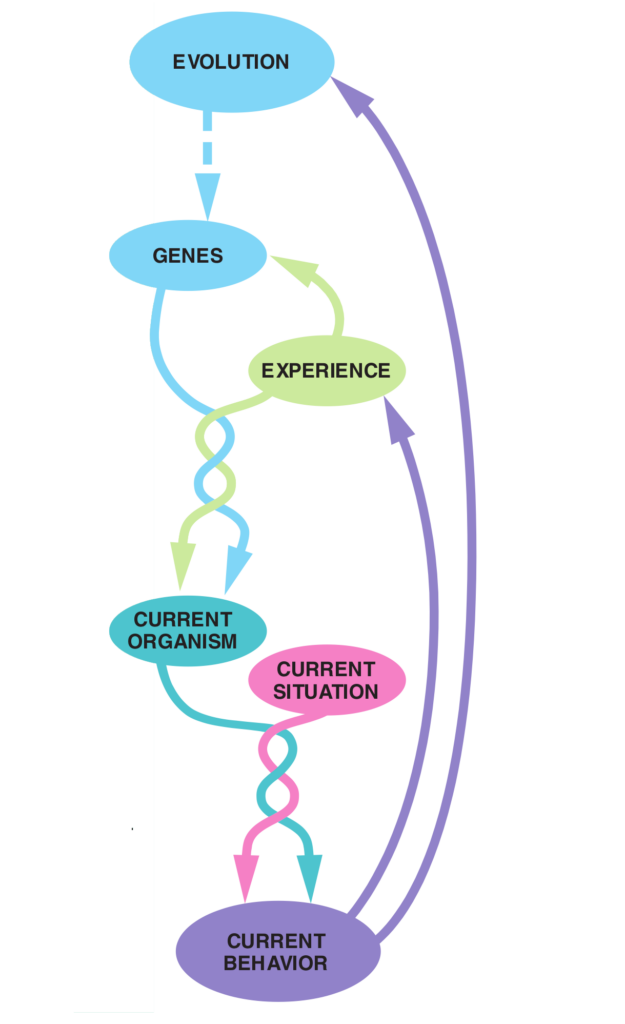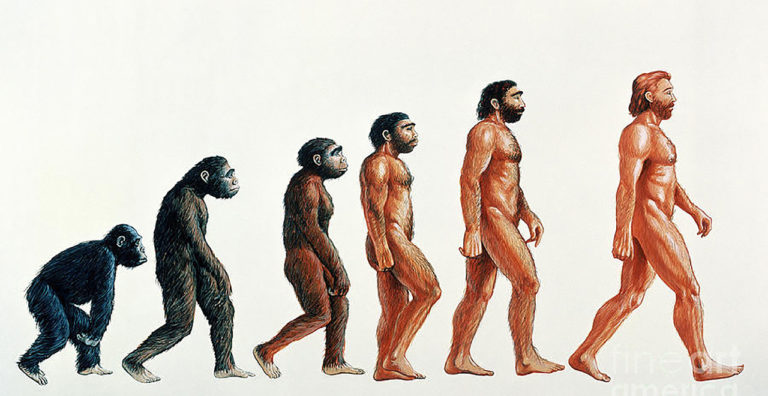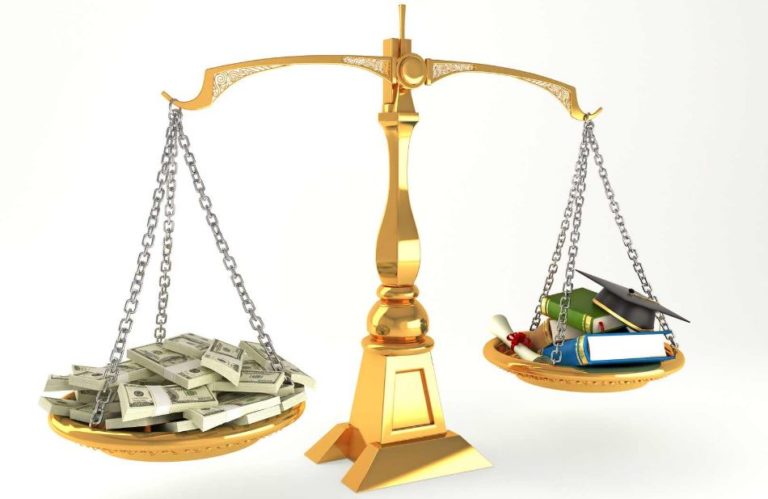“Whodunnit?” – Causation and attribution of behavior
Causation and attribution are fundamental concepts in nature and human behavior. The evolution of human behavior and nature is erratic, but not random. If there was only randomness in the world there would be no natural laws, no predictability and only chaos. Consciously or unconsciously, every human being utilizes the concepts of causation and attribution…







